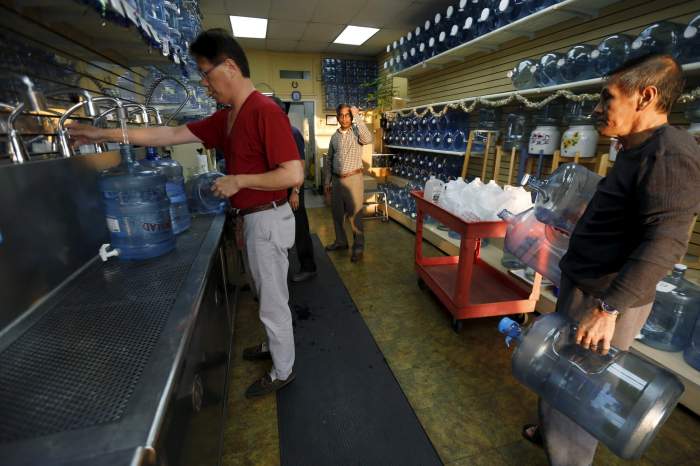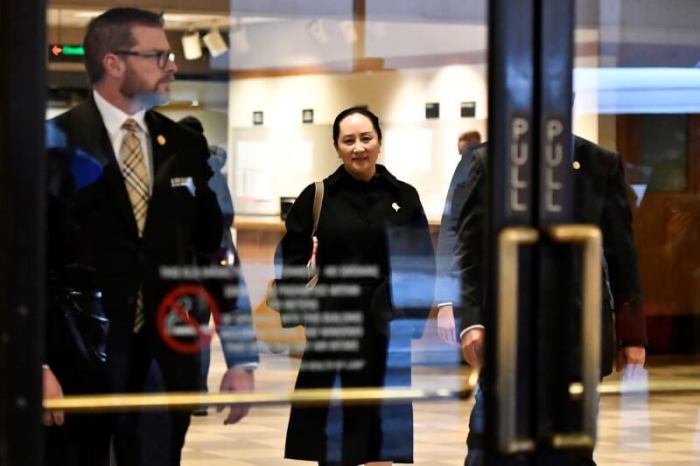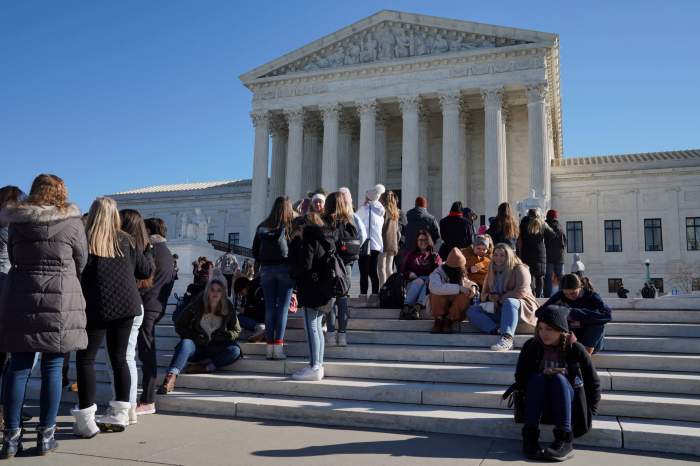By Lucia Mutikani
WASHINGTON (Reuters) – U.S. consumer spending increased moderately in May and prices rose slightly, pointing to slowing economic growth and benign inflation pressures, which could give the Federal Reserve ammunition to cut interest rates next month.
The report from the Commerce Department on Friday came just a week after the Fed signaled it could ease monetary policy as early as next month, citing low inflation as well as growing risks to the economy from an escalation in trade tensions between the United States and China.
Inflation has undershot the U.S. central bank’s 2 percent target this year. The Fed last week downgraded its inflation projection for 2019 to 1.5% from 1.8% in March. Fed Chairman Jerome Powell stopped referring to weak inflation as “transient.”
Consumer spending, which accounts for more than two-thirds of U.S. economic activity, rose 0.4% as households boosted purchases of motor vehicles and spent more at restaurants and on hotel accommodation. Data for April was revised up to show consumer spending advancing 0.6% instead of the previously reported 0.3 percent gain.
Last month’s increase in spending was in line with economists’ expectations.
Consumer prices as measured by the personal consumption expenditures (PCE) price index rose 0.2% last month as a 0.3%rebound in food prices was tempered by a 0.6% decline in the cost of gasoline and other energy goods. The PCE price index increased 0.3% in April.
In the 12 months through May, the PCE price index increased 1.5%, slowing from April’s 1.6% advance.
Excluding the volatile food and energy components, the PCE price index climbed 0.2% last month after a similar gain in April. That kept the annual increase in the so-called core PCE price index at 1.6% in May.
The core PCE index is the Fed’s preferred inflation measure. It hit the central bank’s 2% target in March 2018 for the first time since April 2012.
U.S. stock index futures held gains after the release of the data. Prices of U.S. Treasuries were trading lower while the dollar <.DXY> was largely unchanged against a basket of currencies.
SOLID INCOME GROWTH When adjusted for inflation, consumer spending rose 0.2% in May. This so-called real consumer spending increased by the same margin in April. The increase in real spending in the last two months suggested consumer spending was struggling to accelerate after slowing sharply in the first quarter.
Consumer spending increased at a 0.9% annualized rate in the January-March quarter, the slowest in a year. The overall economy grew at a 3.1% rate last quarter, boosted by exports, an accumulation of inventory and government spending on highways and defense.
Economic growth is shifting into lower gear as last year’s stimulus from massive tax cuts and increased government spending fades. Manufacturing is struggling, job growth has slowed and the housing market remains mired in a soft patch.
The Atlanta Fed is forecasting gross domestic product to rise at a 1.9% rate in the second quarter.
Last month, spending on goods increased 0.5%, with outlays on long-lasting manufactured goods such as motor vehicles surging 1.7%. Spending on services gained 0.4%.
Consumer spending in May was supported by a 0.5% rise in personal income, which matched April’s increase. Wages gained 0.2% after increasing 0.3% in April. Savings rose to $985.4 billion in May from $975.0 billion in the prior month.
(Reporting by Lucia Mutikani; Editing by Paul Simao)



















